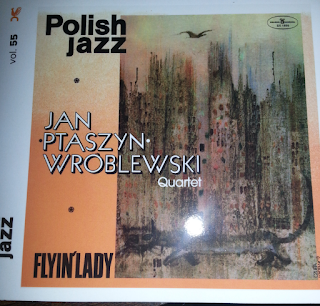Alan Goldsher's message of love to Blakey

Writer Alan Goldsher makes no bones about his love for Art Blakey and the Jazz Messengers. The bass wonk, well known to readers of Bass Player Magazine , has been a fan of Blakey's nearly four-decade experiment in ensemble jazz since his teen years. In 2002 Goldsher channeled that passion into a unique book, Hard Bop Academy: The Sidemen of Art Blakey and the Jazz Messengers , that looks at the long, steady parade of musicians who studied the art of jazz at Blakey's feet. It's neither biography nor hagiography, giving us a perspective on Blakey from the men who honed their skills in his crucible. (And yes, I know the book is now eighteen years old. I'm just getting around to it, and time doesn't negate its level of interest.) As per the subtitle, the book looks at each and every one of Blakey's sidemen from the full run of the Messengers. Each player is covered in three to five pages of discussion about their contributions to the band, and their views on Bl


